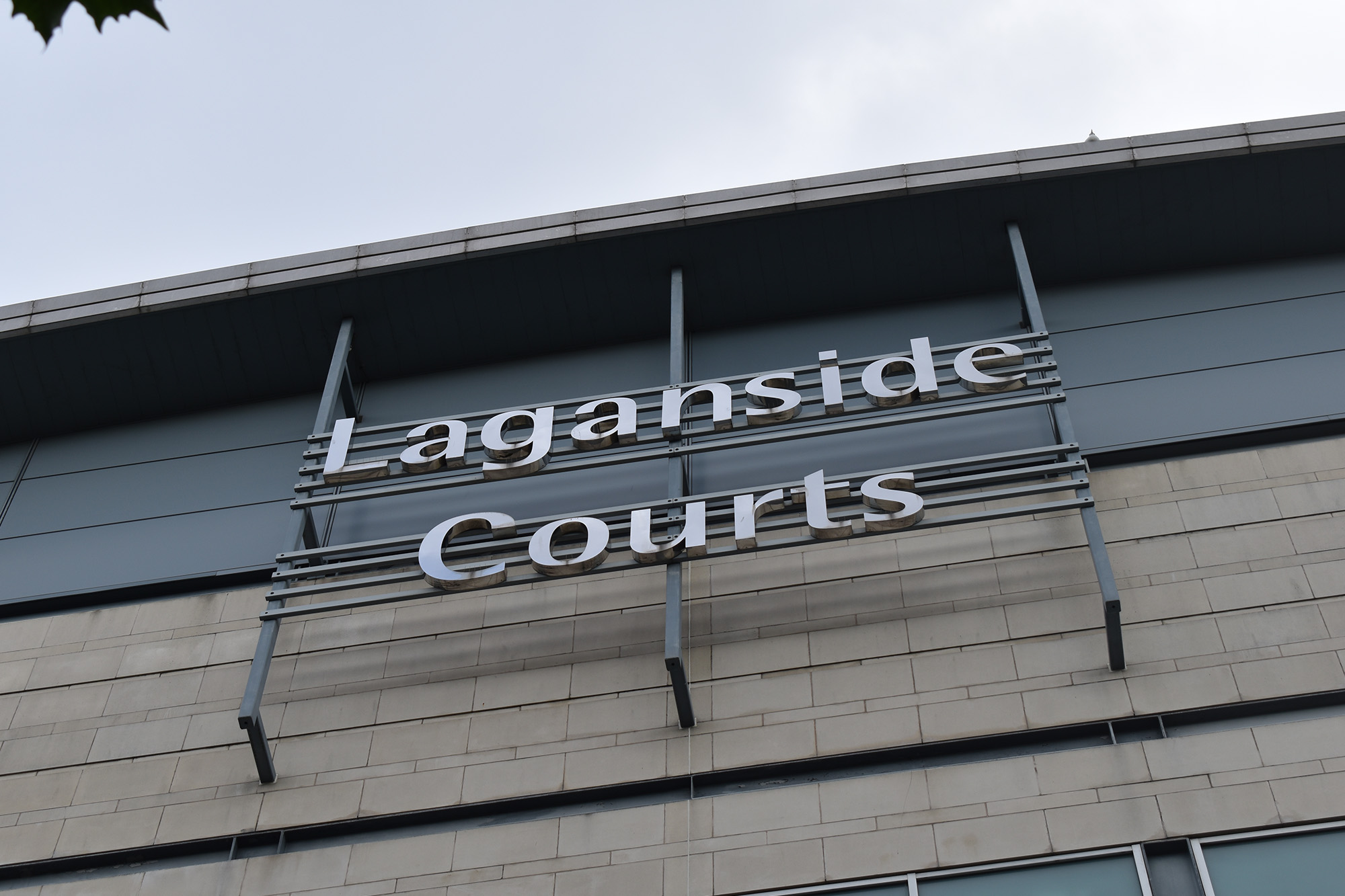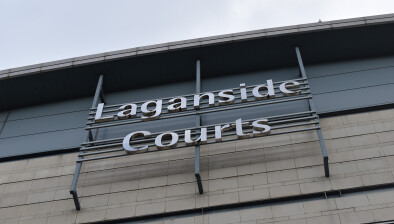Belfast Crown Court: Circumstantial evidence survives challenge by two murder accused

Belfast Crown Court has dismissed two ‘no bill’ applications brought in relation to the alleged group murder of Ian Ogle. The court found that the circumstantial evidence, which included phone data, was potentially persuasive of the two defendants’ involvement.

About this case:
- Citation:[2023] NICC 20
- Judgment:
- Court:Crown Court
- Judge:Mr Justice O'Hara
Delivering the judgment, Mr Justice O’Hara held that there were significant other strands to the case against the accused men, which meant that the applications for a no bill must be dismissed.
Background
In January 2019, Ian Ogle was murdered in east Belfast. He was allegedly kicked, beaten and stabbed by a large group of men in the street. When he fell to the ground, the attack continued, he was hit with bats and repeatedly stamped on the head.
Ten defendants have been returned for trial. Five were charged with murder, four others were charged with offences including perverting the course of justice, assisting an offender and withholding information. Three of the accused applied for a no bill, a ruling that no reasonable jury could convict them of the offences charged.
The three no bill applicants were Robert Spiers and Glenn Rainey, both charged with murder, and Neil Ogle, charged with withholding information. This case related only to Spiers and Rainey, and the court considered each application separately.
The court here had to decide whether, on the evidence adduced, a reasonable jury properly directed could find the defendant guilty, per Practice Note [1962] 1 All ER 448.
There are two parts to this test, according to section 2(3) of the Grand Jury Abolition Act (NI) 1969. First, the court considered the committal papers alone. The prosecution accepted that the case was a circumstantial one, but emphasised that did not mean that it was “anything less than a strong case”.
The court accepted this approach, finding that the case did not fail at the no bill stage merely because “a single strand or perhaps even a few strands are exposed as being flimsy. What the court has to consider is the strength of the interwoven strands.”
Spiers’ application
For Spiers’ no bill application, it was emphasised that there was no evidence against him in the form of admission or identification, and no forensic evidence at all.
The evidence relied on by the prosecution included what they claimed was phone evidence of his contact with another accused, specifically the first defendant, Brown. Further, the prosecution relied on connecting Spiers with a knife found in a nearby river just over two weeks after the murder.
In relation to the phone evidence, the prosecution highlighted that, when interviewed by police, Spiers denied having a mobile phone at all. The prosecution attached significance to that denial. The defence, in response, claimed this denial was understandable, given that the murder was a notorious one.
It seemed to the judge, however, that there was a more sinister interpretation available for a jury to consider, which may have been that Spiers was seeking to distance himself from his contact with anyone involved in the murder.
In this context it was significant. The prosecution case alleged that Neil Ogle called Brown, who called Spiers, which led to a group forming, ultimately, for the murder of Ian Ogle.
Spiers’ team highlighted that he and Brown had contact earlier in the day, suggesting that his later contact with Brown could not be presumed to be sinister. However, the court found that a “flurry” of phone activity leading up to the murder, and gaps in phone activity afterwards, was potentially persuasive circumstantial evidence.
On this basis alone, the court rejected the no bill application on behalf of Spiers. The court therefore did not consider the evidence relating to the knife, but noted that this was a “weaker strand of the evidence against Mr Spiers”.
Rainey’s application
The circumstantial evidence against Rainey was greater than Spiers, and included phone contact between Rainey and Brown, and others, on the night in question, Rainey’s DNA on the door handle of a car connected with the build up to the murder, an alleged identification of Rainey, cellular evidence placing Rainey’s phone along the route taken by the killers, and Rainey’s sudden departure to Thailand with Brown the day after the murder.
In response, Rainey emphasised that there was no identification of him at the scene of the killing, nor was there any forensic scientific evidence against him to connect him either to the scene, or to Ian Ogle.
He argued that his DNA being present in the case was “valueless”, because he was a good friend of Mr Brown, who was the partner of Ms Morrison, the owner of the car. Similarly, he argued there was nothing even remotely sinister about himself and Brown going to Thailand the following day, because they were close friends and Mr Rainey frequently visited Thailand.
The court accepted that the case against Brown was, from some perspectives, stronger than the case against some other defendants, but the fact was that one of the strongest strands connecting Rainey to the murder was his significant telephone contact with Brown during the important period up to the murder of Ian Ogle.
It was also argued that the case against Mr Rainey heavily relied on a clothing identification, the clothes in question having issues about their capacity to be unique, singular or striking. The defence therefore argued that the case was “utterly dependent upon a clothing comparison”.
However, while accepting that there may have been issues surrounding Rainey’s identification, the court found the above view to be “a significant exaggeration of the case against Rainey”.
On the contrary, the court found that there were significant other strands to the case against Rainey which meant that the application for a no bill must be dismissed.
Conclusion
Ultimately, the court determined that both no bill applications be dismissed.








